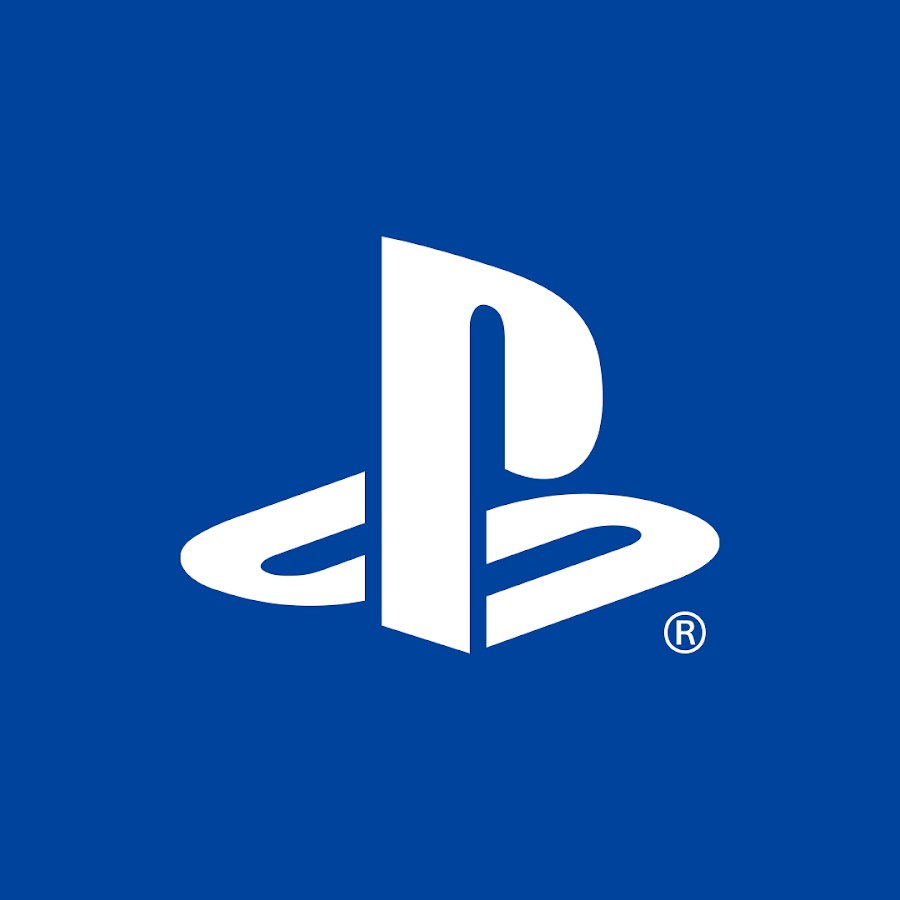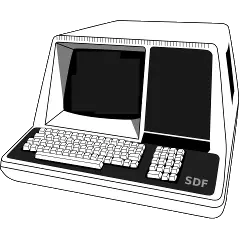

If you like hiking, you might also enjoy indoor rock climbing. It’s more social and fun than a gym and you will have the opportunity to interact with a lot of the same people repeatedly. You might even have some beginners groups in you area to get started. Meetup.com is good for finding groups like that.
Good luck out there!
















My grandfather used to half-jokingly call them the CIA’s press wing.